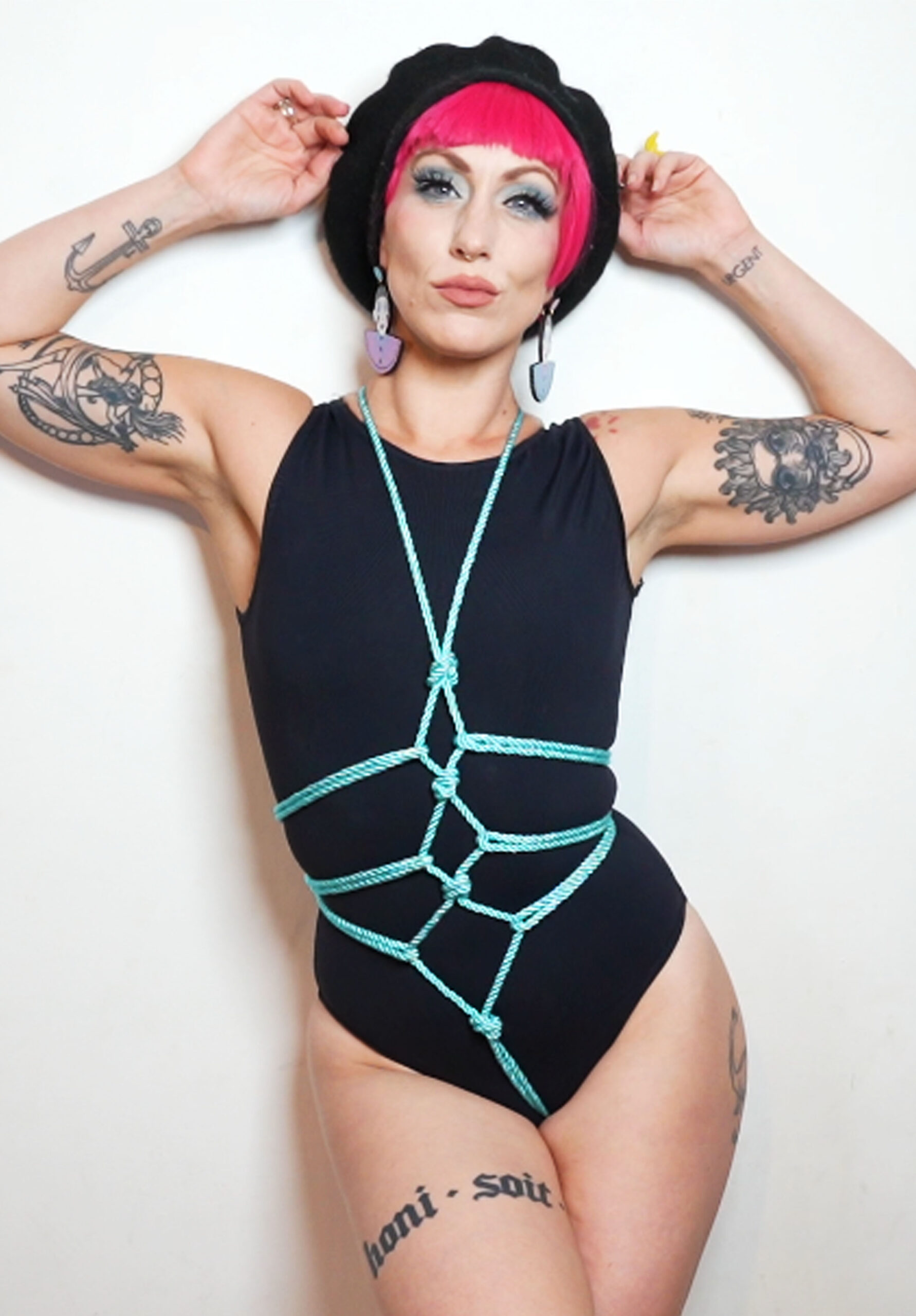How Media Influences Perceptions Of LGBTQIA+ Sexualities
Main Themes

Media plays a significant role in shaping public perceptions and understanding of LGBTQIA+ sexualities, often serving as a reflection and influencer of societal attitudes towards diverse forms of human sexuality. Through various mediums such as film, television, literature, and advertising, media representations of LGBTQIA+ individuals and experiences can both positively and negatively impact how the general population perceives and treats these communities.
Language and Discourse

Language and discourse play a significant role in shaping perceptions of LGBTQIA+ sexualities, with words and expressions having the power to either validate or invalidate individuals’ identities. The media, as a primary outlet for language and communication, has a profound impact on how societal attitudes toward LGBTQIA+ individuals evolve over time.

Cultural and Social Factors
The way individuals perceive and understand sexual orientations and gender identities is shaped by a complex array of cultural and social factors. Language, in particular, plays a significant role in this process, as it can both reflect and reinforce societal attitudes towards LGBTQIA+ communities. The media, with its power to shape public opinion and influence cultural norms, has a profound impact on how people perceive and think about sexual orientations and gender identities. This article will explore the ways in which media influences perceptions of LGBTQIA+ sexualities, examining the role of language, representation, and stereotypes in shaping our understanding of these diverse communities.

Representation and Inclusivity
Representation and inclusivity play a crucial role in shaping public perceptions of LGBTQIA+ sexualities through media. The media’s portrayal of diverse characters, stories, and experiences can have a profound impact on how people think about and understand different identities and orientations. A well-crafted representation can promote empathy, acceptance, and understanding, while a lack of representation or stereotypical portrayals can perpetuate stigma and marginalization. This article will explore how media influences perceptions of LGBTQIA+ sexualities, examining both the benefits and limitations of representation in shaping public opinion.
Historical Context
In understanding how media influences perceptions of LGBTQIA+ sexualities, it is essential to consider the historical context in which these representations have emerged and evolved. The portrayal of non-heterosexual and gender non-conforming individuals has been subject to changing social norms, cultural values, and technological advancements throughout history. From the early 20th-century sensationalism surrounding transgender women to the representation of LGBTQIA+ characters in modern television shows, media has played a significant role in shaping public perceptions of these identities.
Buy fetish stockings and leggings for edgy and sexy looks at Peaches and Screams Explore bed restraints and under-the-bed ties for bondage play at Peaches and Screams Buy Nasswalk toys for fun and creative experiences at Peaches and Screams Shop crotchless thongs and G-strings for a daring addition to your lingerie collection at Peaches and Screams Buy peekaboo bras and open-cup bras for a sexy, revealing look at Peaches and Screams Shop Lelo luxury toys at Peaches and Screams
Live Your Vows Pretty Little Answers Cotswold House Hotel Clover Design Online
- Why Can’t You Get Lip Filler With A Cold Sore - November 3, 2025
- What Is The Best Dosage Of CBD Infused Gummies For Pain Relief - October 31, 2025
- Nu-Derm Skin System Near Ewell, Surrey - October 29, 2025

